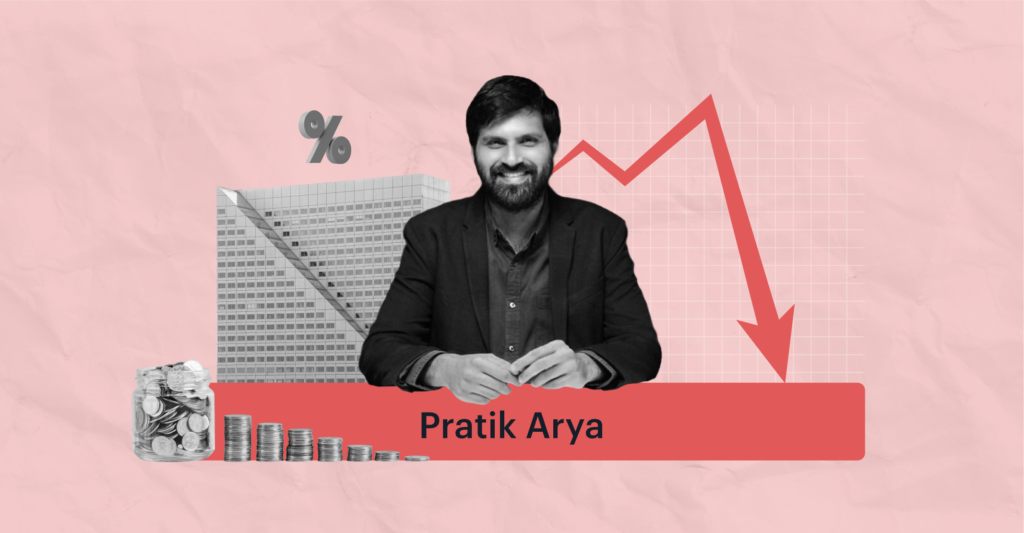Last Updated on Sep 28, 2022 by
To value a business, you need to calculate its terminal value. It is calculated at the end of the growth period, defined as the number of years until a business can grow its profits at a rate that is at least higher than the GDP.
To calculate a terminal value, we rely on the accounting principle that a company is a going concern assumption; hence we need to assume a growth rate at which a company can keep on growing forever, called the terminal growth rate. Yes, till infinity.
Even though businesses these days die at a blink of an eye and if we count the number of companies which have survived at least 1000 yrs (which is still technically some 0% of infinity) there are hardly 10 names that Wikipedia throws up. The oldest company is the Japanese construction company Kongō Gumi, founded in 578 C.E. But still, as an analyst, we need to assume a growth till infinity to do discounted cash flows (DCF).
Now it’s taught in the textbooks that the maximum growth rate you can take for Indian companies is the Indian GDP growth rate because if you take a growth rate higher than that then a single company will become greater than entire India.
Well, while we agree with this, it also means that the Indian economy can’t grow forever at a rate faster than the world economy growth rate.
Some people might start arguing India is a developing economy; hence it can grow at a higher rate than the world economy. Yes, we agree, but we are not talking about the coming 50-70-100 yrs, we are talking about till humans survive this planet. Can it still happen? Absolutely not.
Let’s understand this using some simple calculations
Forget about infinity even if India grows at a 2% higher rate than the world economy in 200 yrs India will be more than 100% of the world economy. Sounds laughable right? So are the valuation outputs of the financial models that take the perpetual growth rate to be 5% or 6% in their assumptions.
Hence, if the Indian economy can’t grow more than the world GDP forever, how can a company operating in the Indian subcontinent (whether generating revenue domestically or through exports) grow perpetually higher than 3%? It cannot.
As terminal value generally contributes more than 50% of current valuations (in 99% of DCF models) we recommend anyone using a DCF to value a company to never take the terminal growth rate to be higher than 3%.
- Science and Investing – Are There Any Similarities? - Nov 17, 2022
- Does Business Cycle Affect Valuations? - Nov 1, 2022
- Why Growth Stocks Are Falling Maximum in a Rising Rate Environment? - Oct 13, 2022




